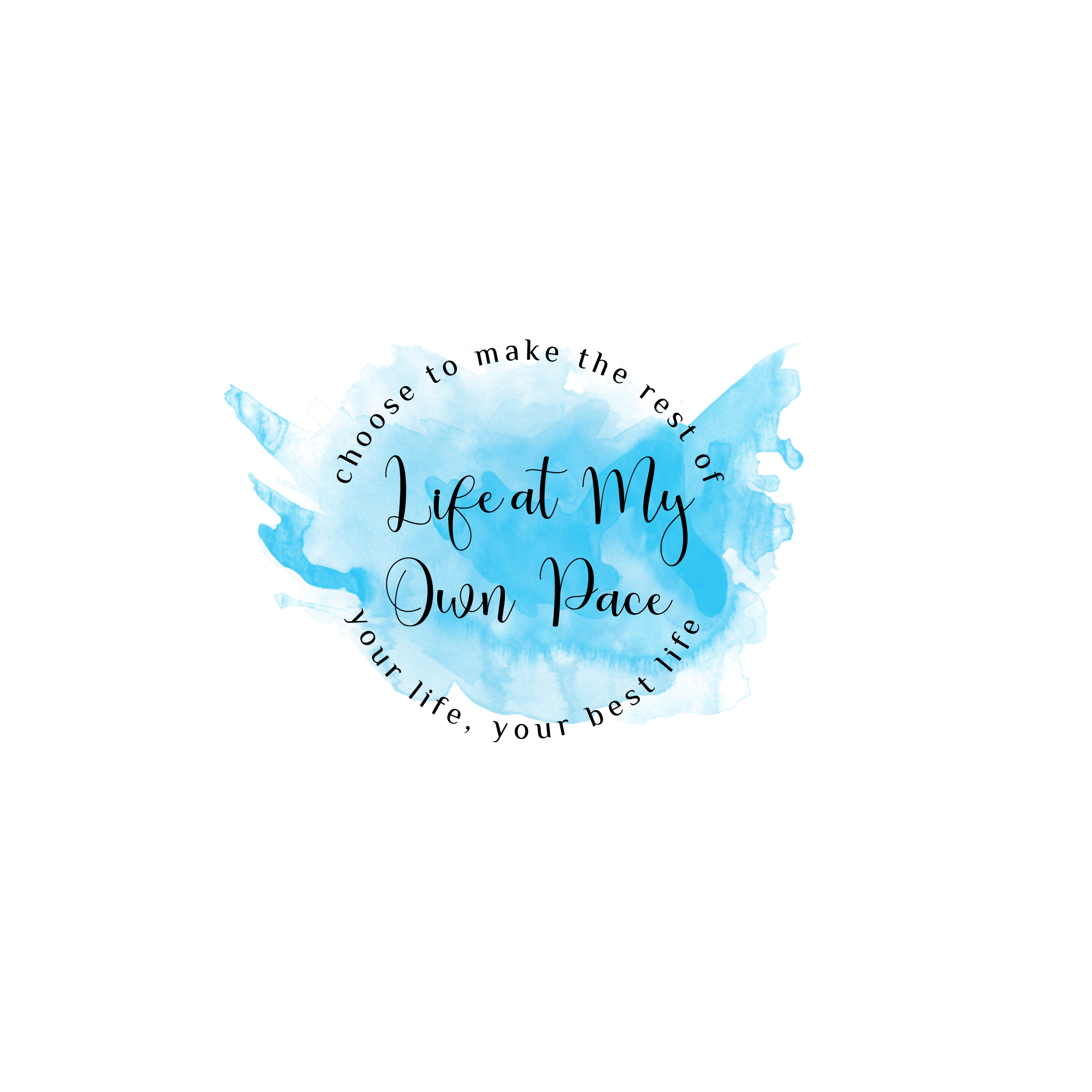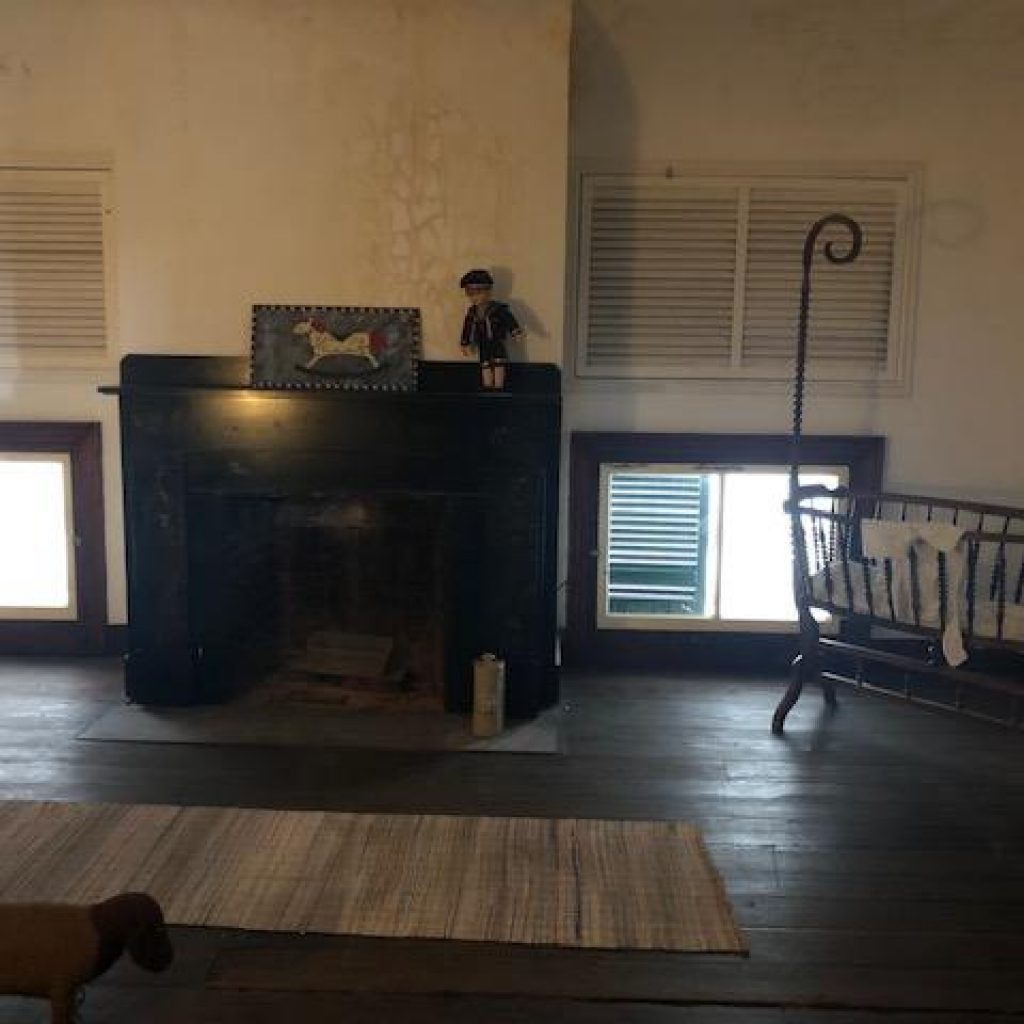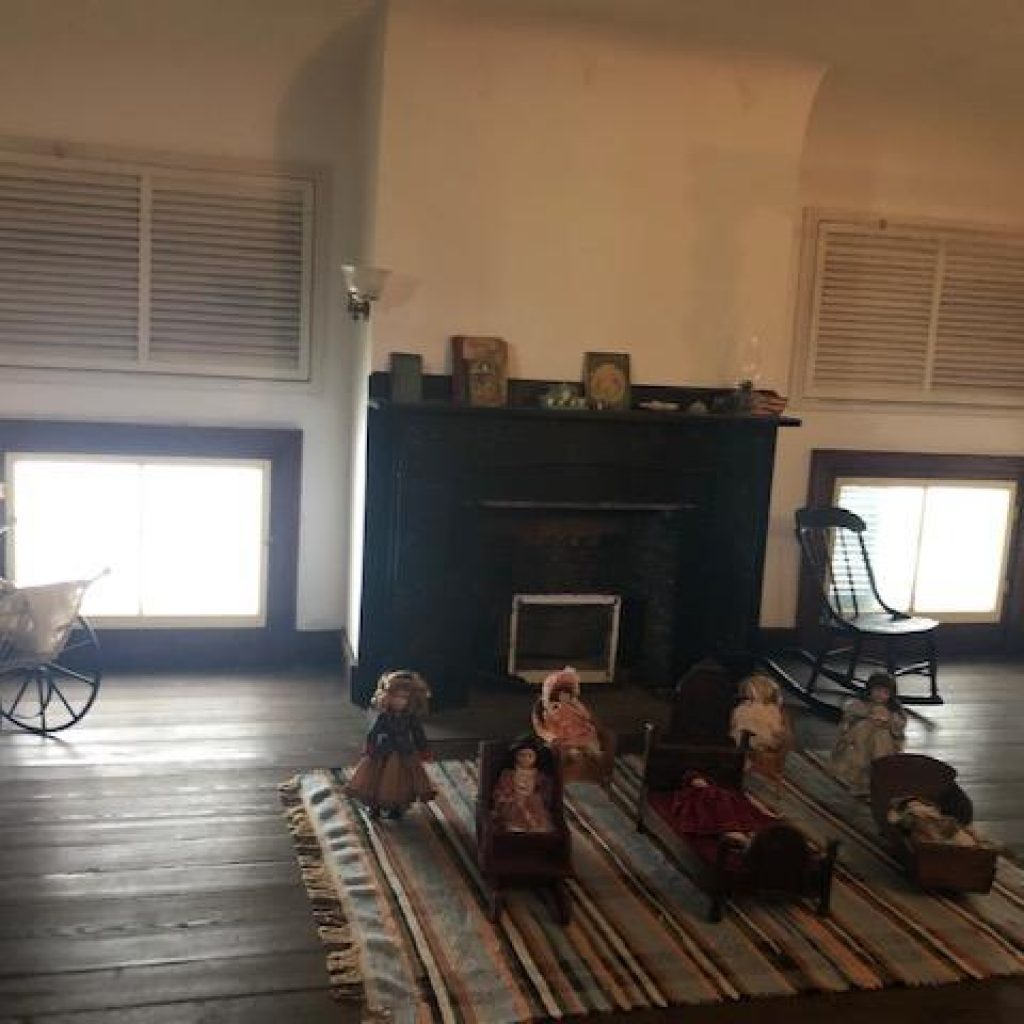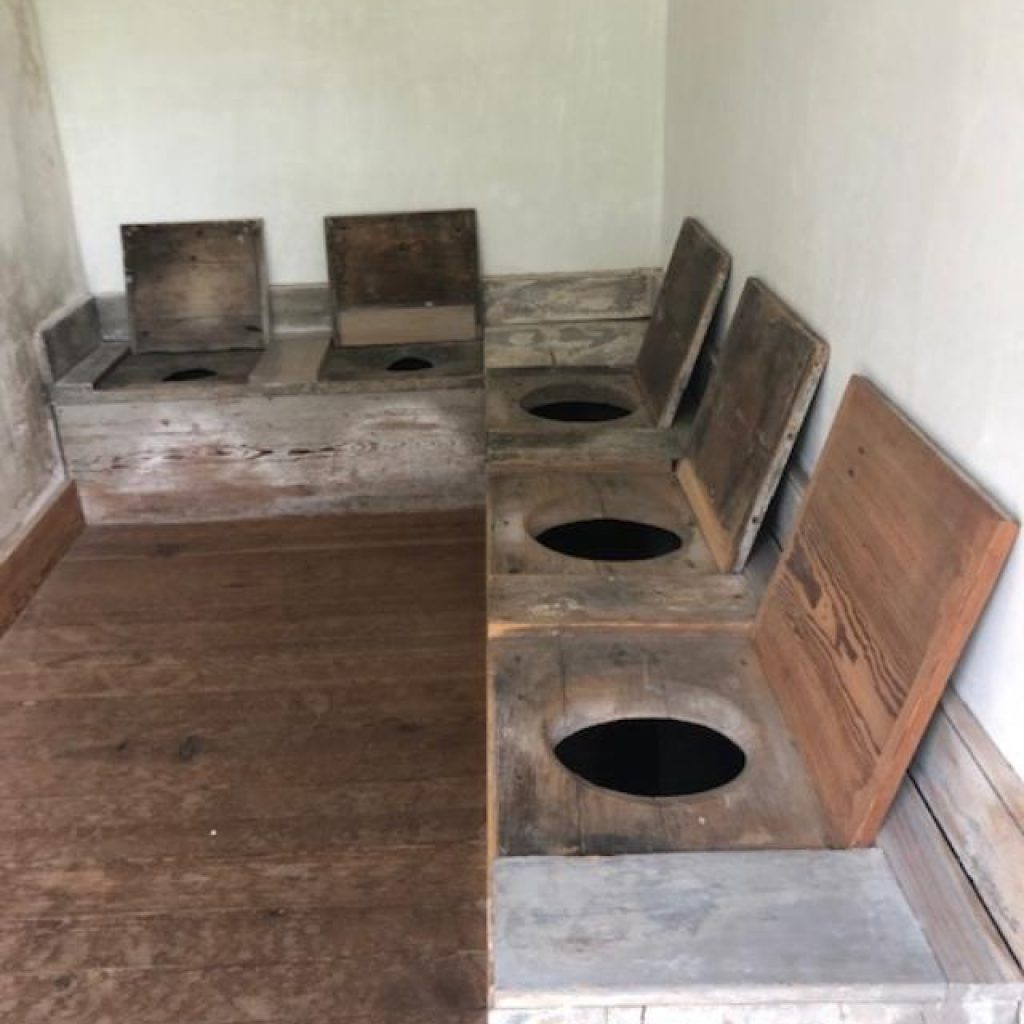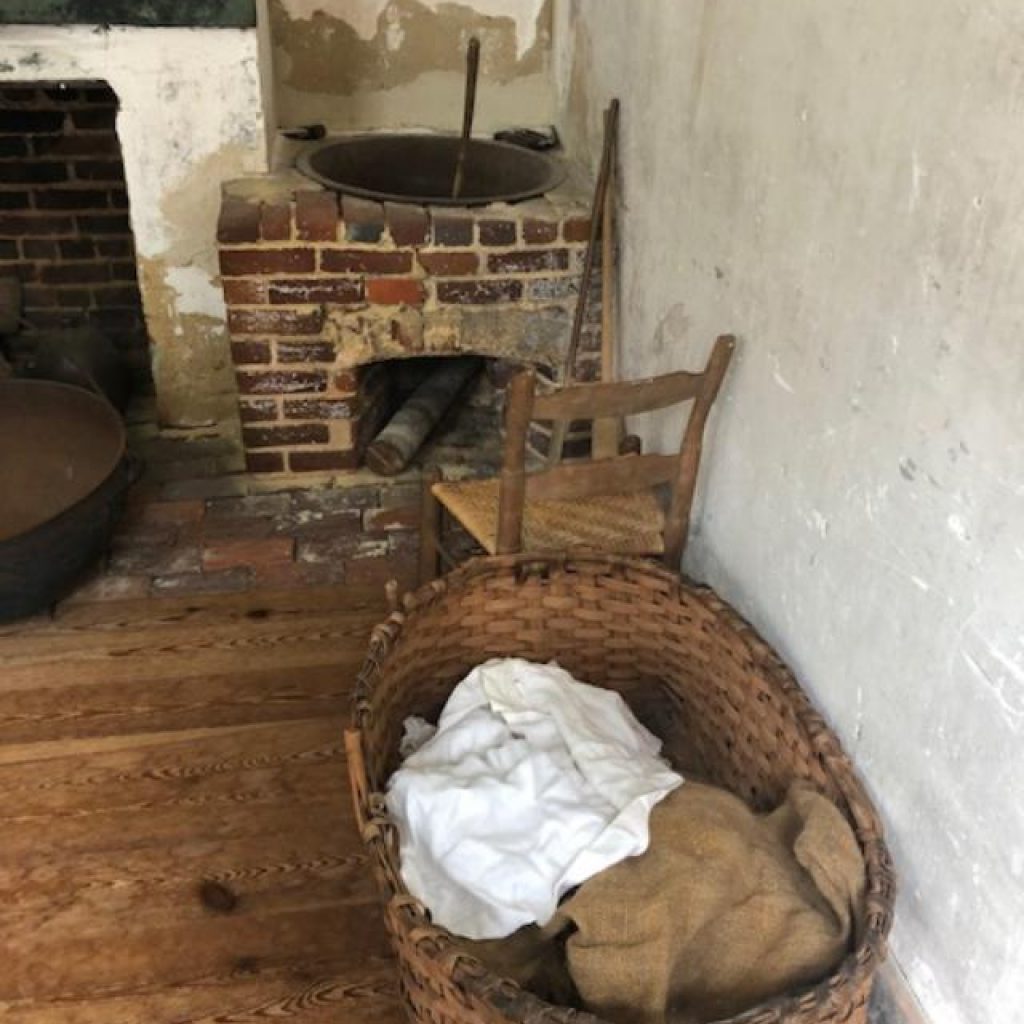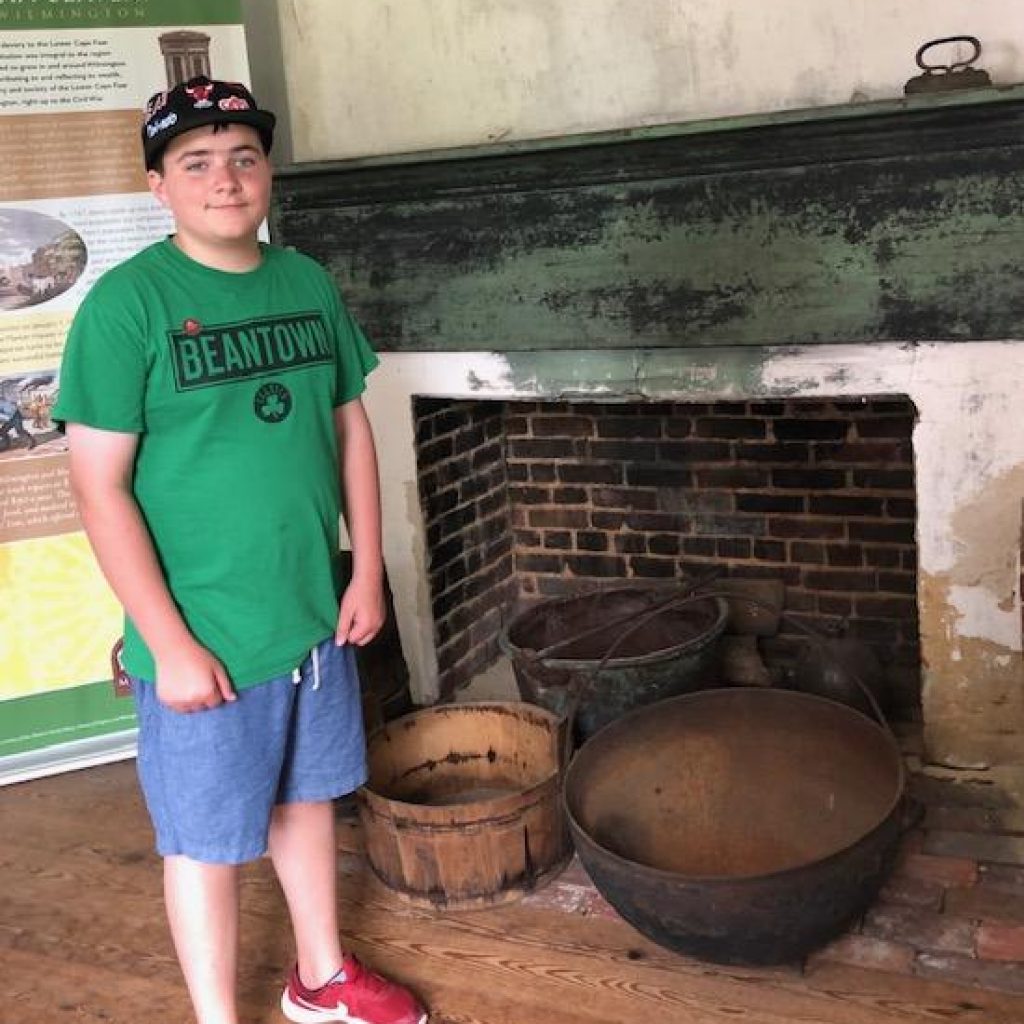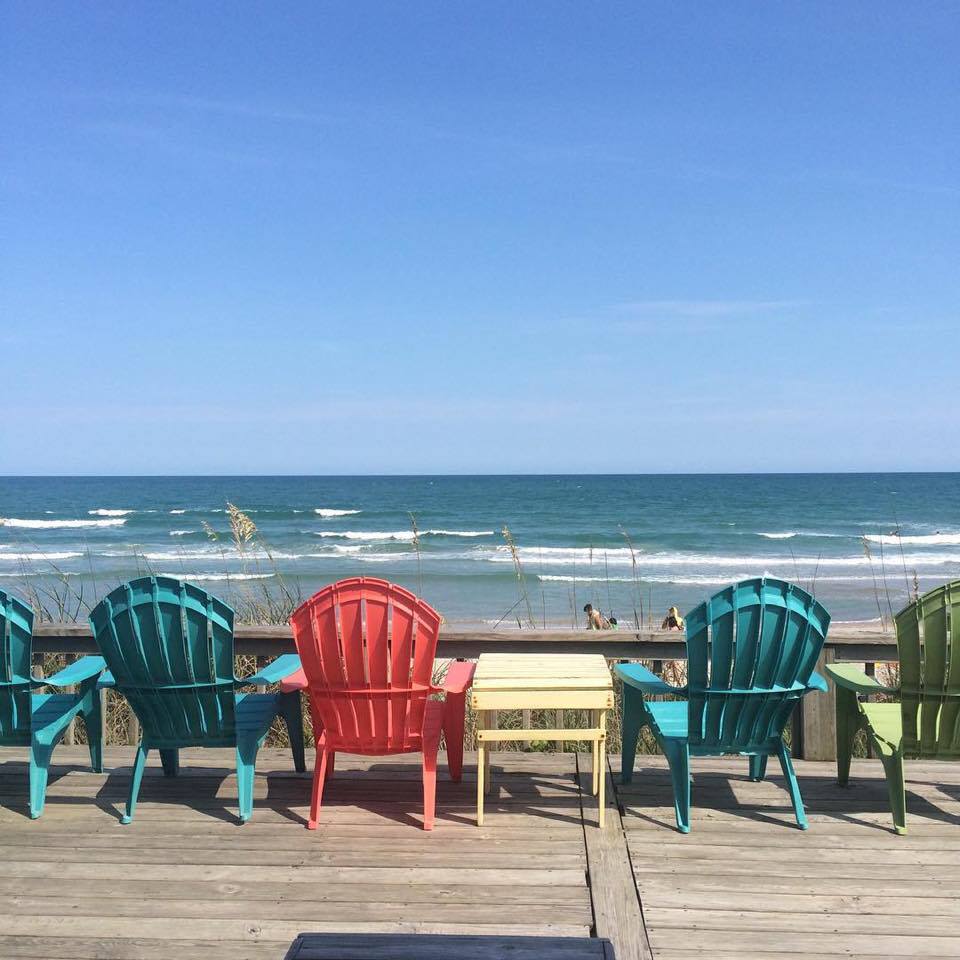This post may contain affiliate links and I may earn compensation when you click on the links at no additional cost to you.
Last month we spent a full glorious week on Topsail Island, North Carolina. Topsail is one of my favorite places on Earth. It is quiet, the beaches are gorgeous, the waves are enormous, and for some reason, though she had never been, it brings me close to my Mom. She loved the ocean and had always wanted to see the North Carolina coast. Perhaps, this why I feel her presence when we are there.
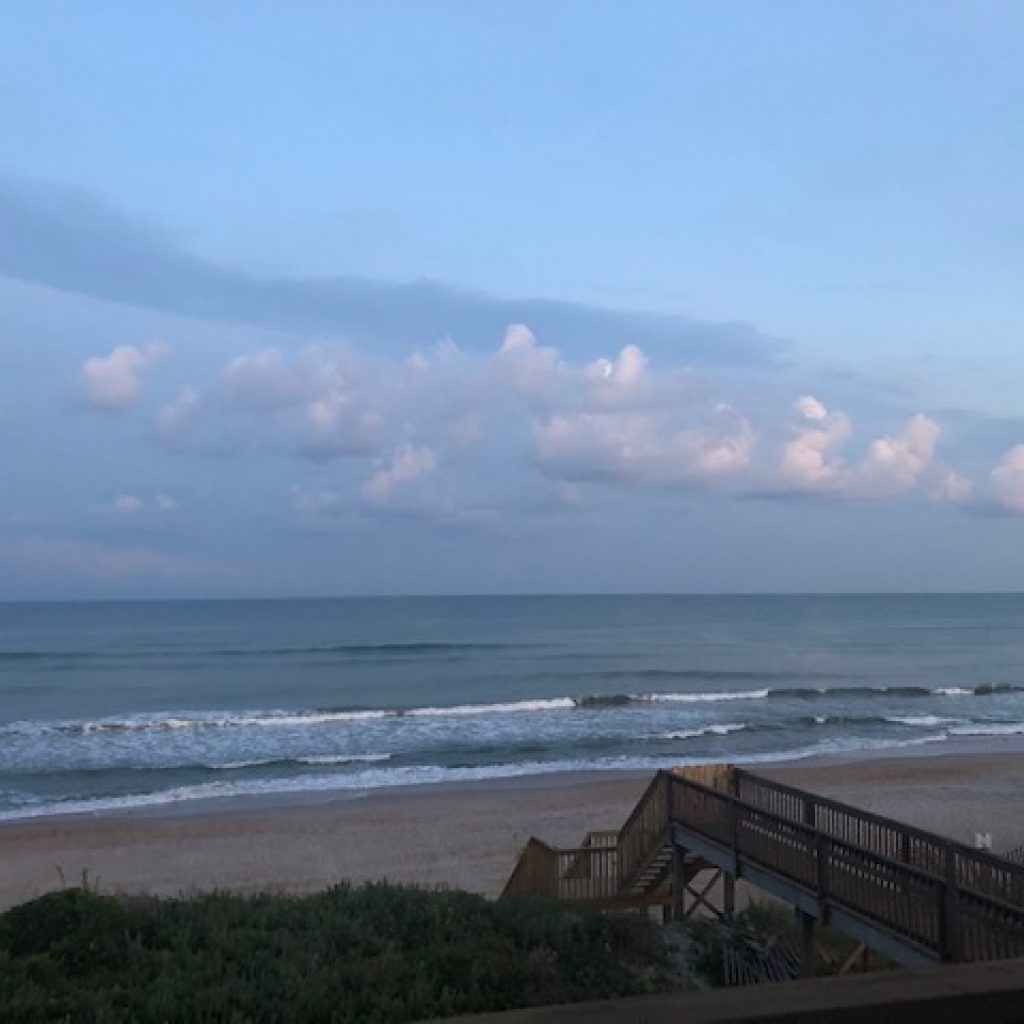
The seas were rougher than usual this trip, and there were warnings of rip currents. We knew the kids would want to be in the water all the time, so we decided to take a break and head down to Carolina Beach, about 45 mins south, and check it out. Unfortunately, it left a lot to be desired. While the beach was gorgeous, there wasn’t much to do until the evening hours. It appeared that nothing was open on the boardwalk, and we were left saying, “Now what?”
We talked about going to see a plantation, but time was not on our side. Most of the estates were closing in an hour, and the ones of interest were 30 minutes away. As we were poking around on our phones, Kim pulled up Bellamy Mansion in Wilmington, NC. It sounded interesting, it was opened later than the others, and we all had enjoyed Wilmington when we were there on our last trip.
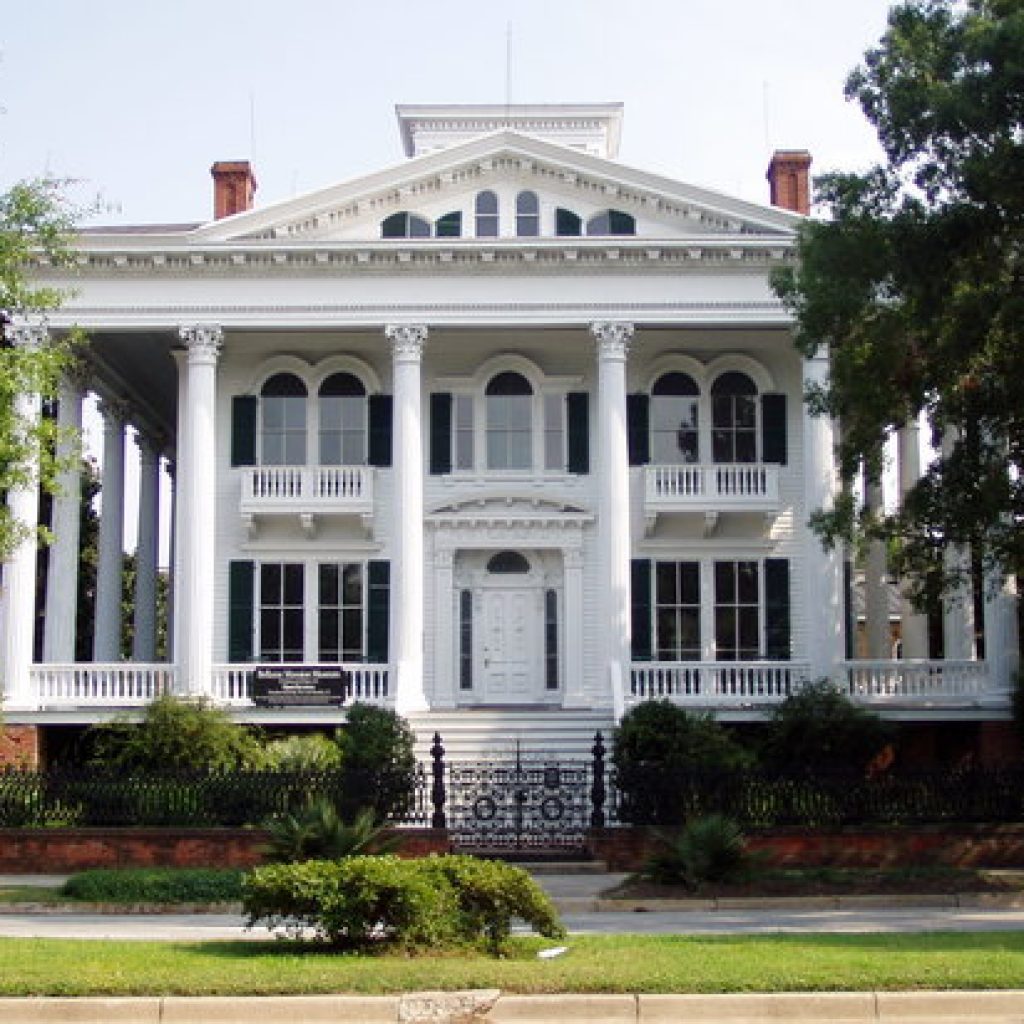
Bellamy Mansion is located in downtown Wilmington. The grounds include the mansion, the carriage house and the slave quarters and replicas of the original gardens. Though the mansion and other structures were built by 1861, it was not until 1870; the beautiful gardens were planted.
Dr. John Bellamy lived in the home with his wife, Eliza and their ten children. For eighty-five years, members of the Bellamy family occupied the house. The last remaining child of Dr. and Mrs. Bellamy was Ellen Bellamy, and she passed away in 1946.
The house has quite a history. It was built between 1859 and 1861. It has Greek Revival and Italianate styling. The home consists of twenty -two rooms and was built by both enslaved and local freed black artisans. Dr. Bellamy wanted his family’s home to include modern amenities. This included a specially designed ventilation system to keep the house cool in the Carolina heat.
The Bellamys moved into the house in 1861. Mrs. Bellamy was pregnant with their tenth child. The Bellamy’s moved into the main house, and their nine enslaved workers moved into the slave quarters. The home was taken over by federal troops during the Civil War and survived a disastrous fire in 1972. It served as home to two generations of Bellamy family members, restored in 1992 and now following extensive restoration and preservation is a functioning museum.
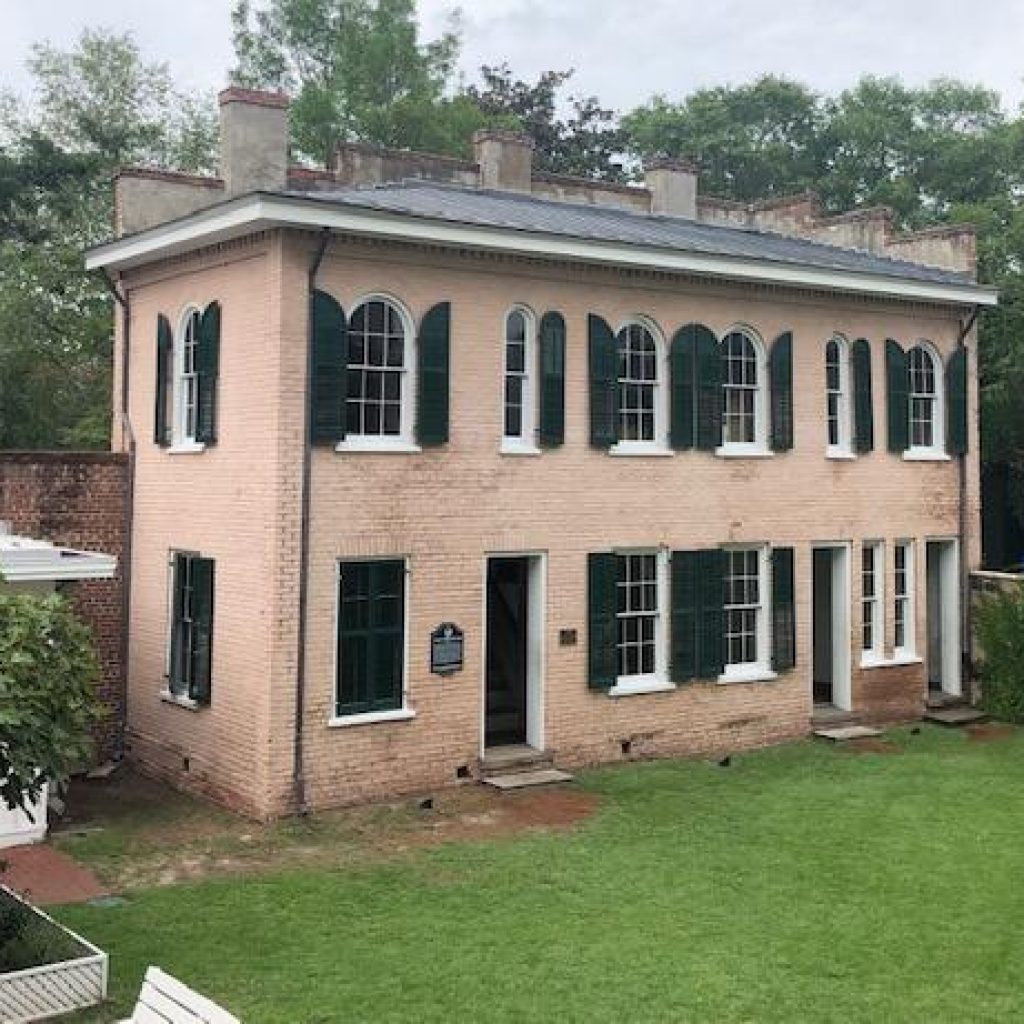
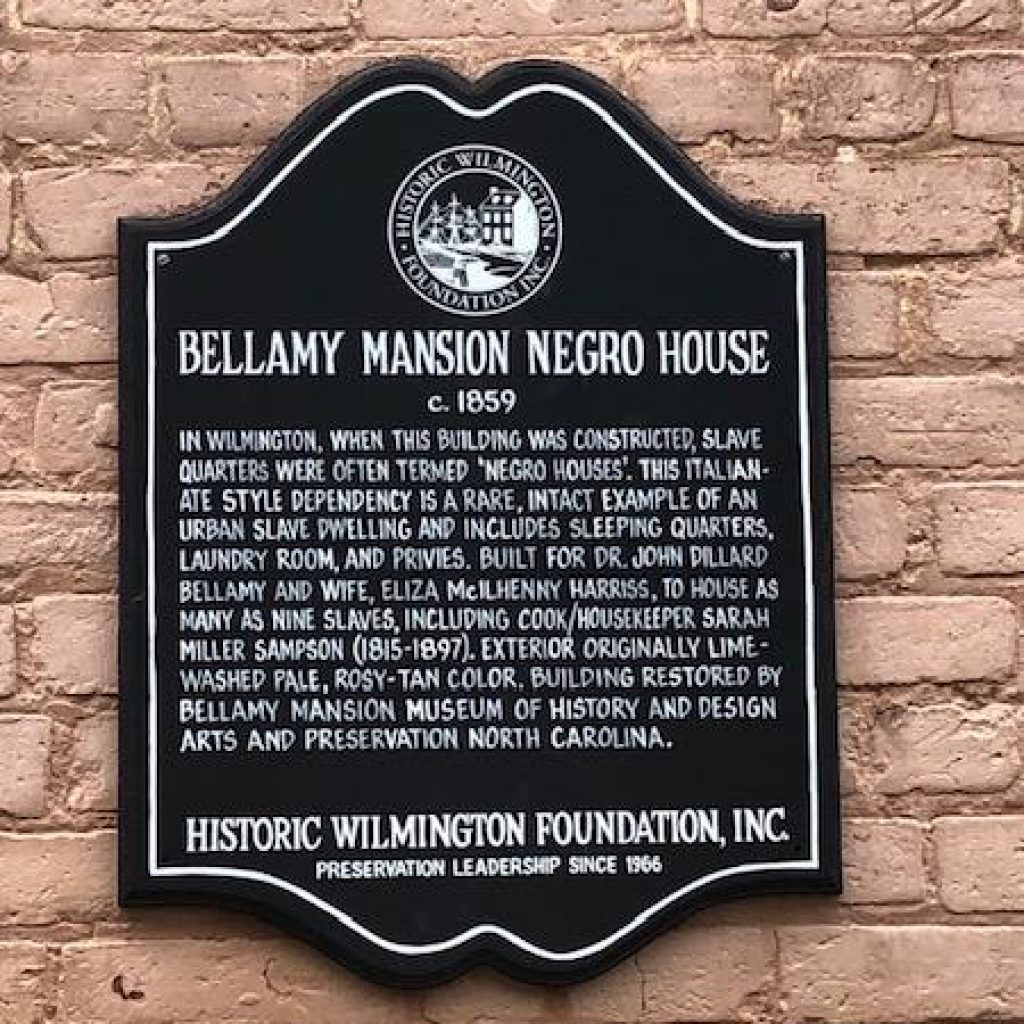
As I mentioned above, Mrs. Bellany had beautiful gardens planted on the property. However, by the time the restoration of the mansion happened in 1992, traces of the formal garden had disappeared. Today, what you see for gardens is based on historical research and archaeological investigation. In 1996, through significant funding from the Cape Fear Garden Club, the Bellamy gardens were recreated and maintained today through volunteers.
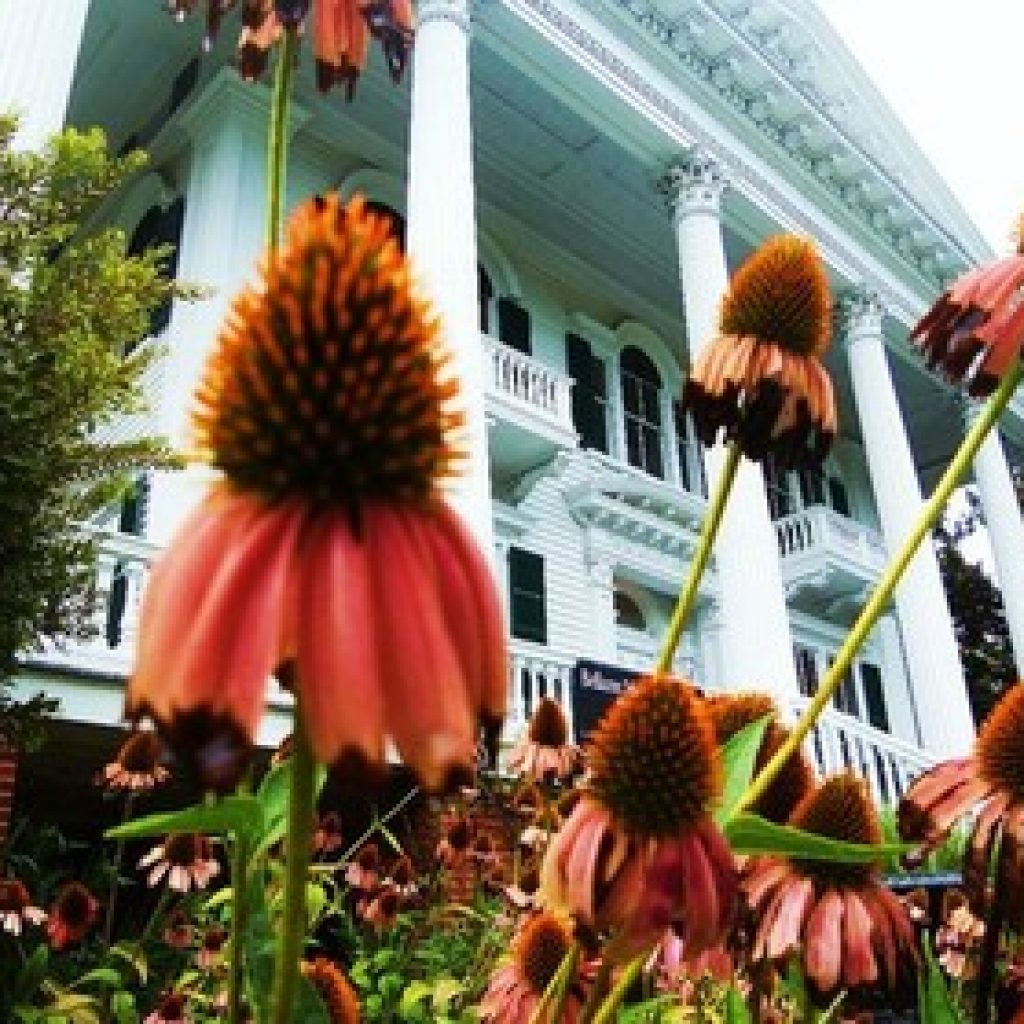
Photos courtesy of Bellamy Mansion 
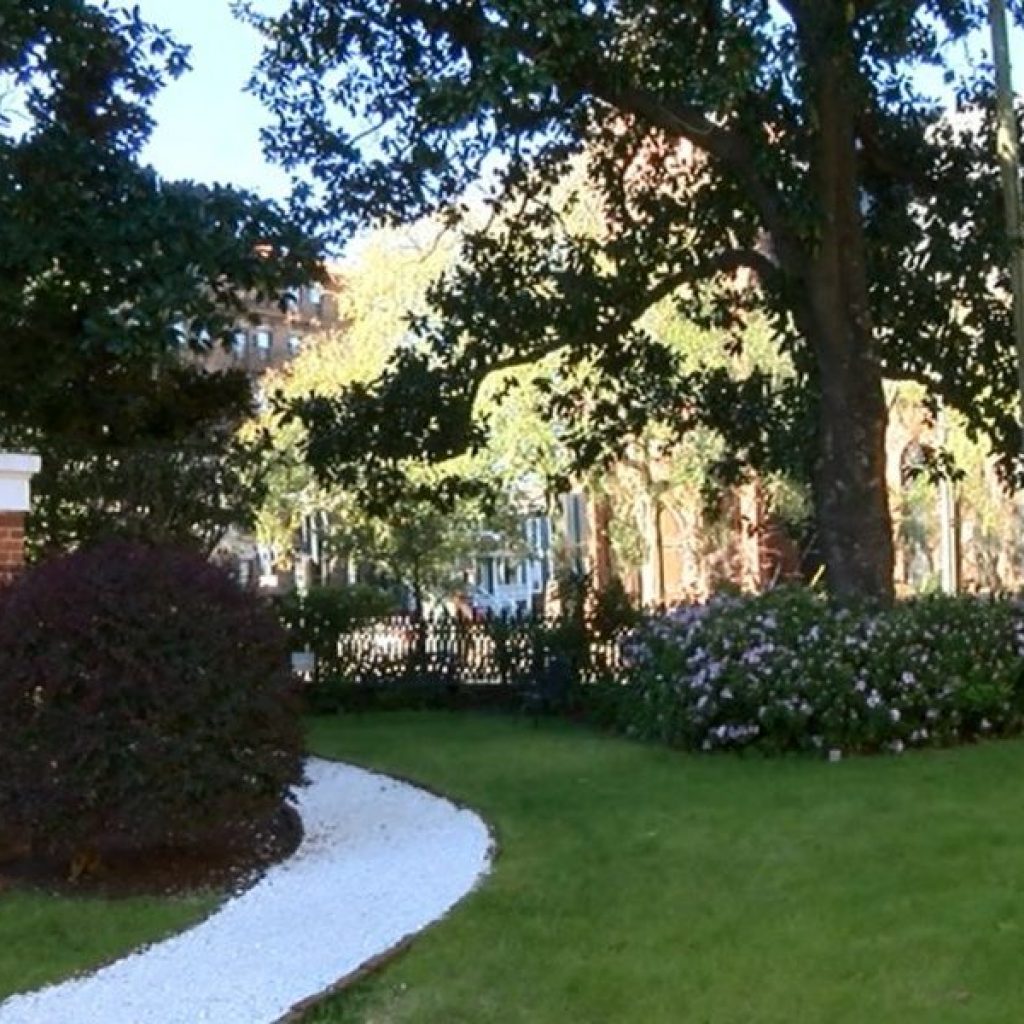
When we first arrived, we checked into the carriage house, which now serves as offices and a gift shop. Our guide was a local college student that had a great interest in history. He gave us the history of the home, told us a bit about the Bellamy family and painted us a picture of what life was like for the family back in the times of the civil war and beyond. Two months after moving into their new home, North Carolina seceded from the Union. Dr. Bellamy was in favor of the succession and quite proud of his state for taking such a stance. A few years later, in 1865, Fort Fisher had fallen to the Federal Troops. Federal Troops came into Wilmington and took over the city. The Union occupied the nicer homes, as many of them had been abandoned during the war. The Bellamy’s had been staying on their plantation, so their home soon become headquarters to the military staff. When the war ended, the Federal Government seized many of these properties, including the Bellamy’s home. Due to Dr. Bellamy’s ties to the Confederacy, initially, he was not allowed back into Wilmington to reclaim his home. Finally, after a lengthy process, he received a pardon from President Johnson to retrieve his property.
As we toured the home, we saw the formal dining room, the ironing room where the children often ate with the slaves, formal parlors, bathrooms, and bedrooms.
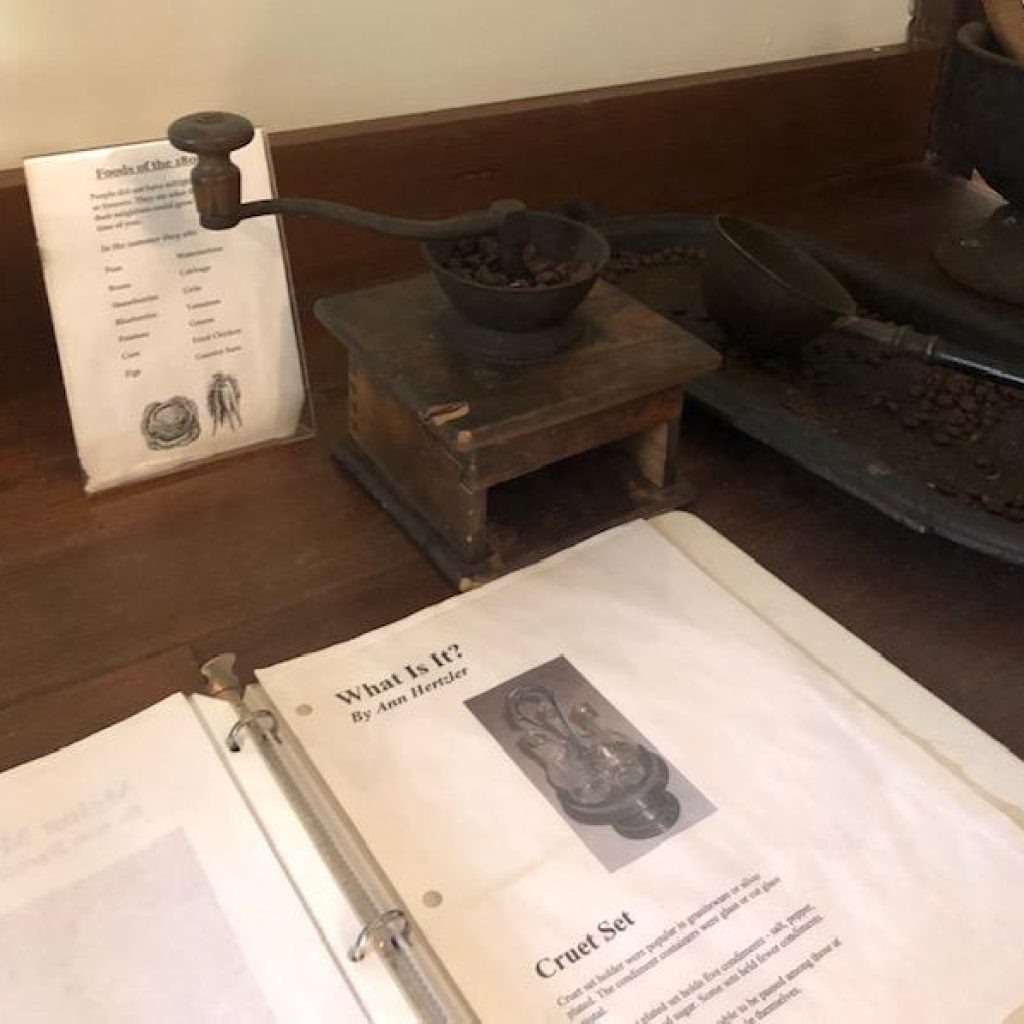
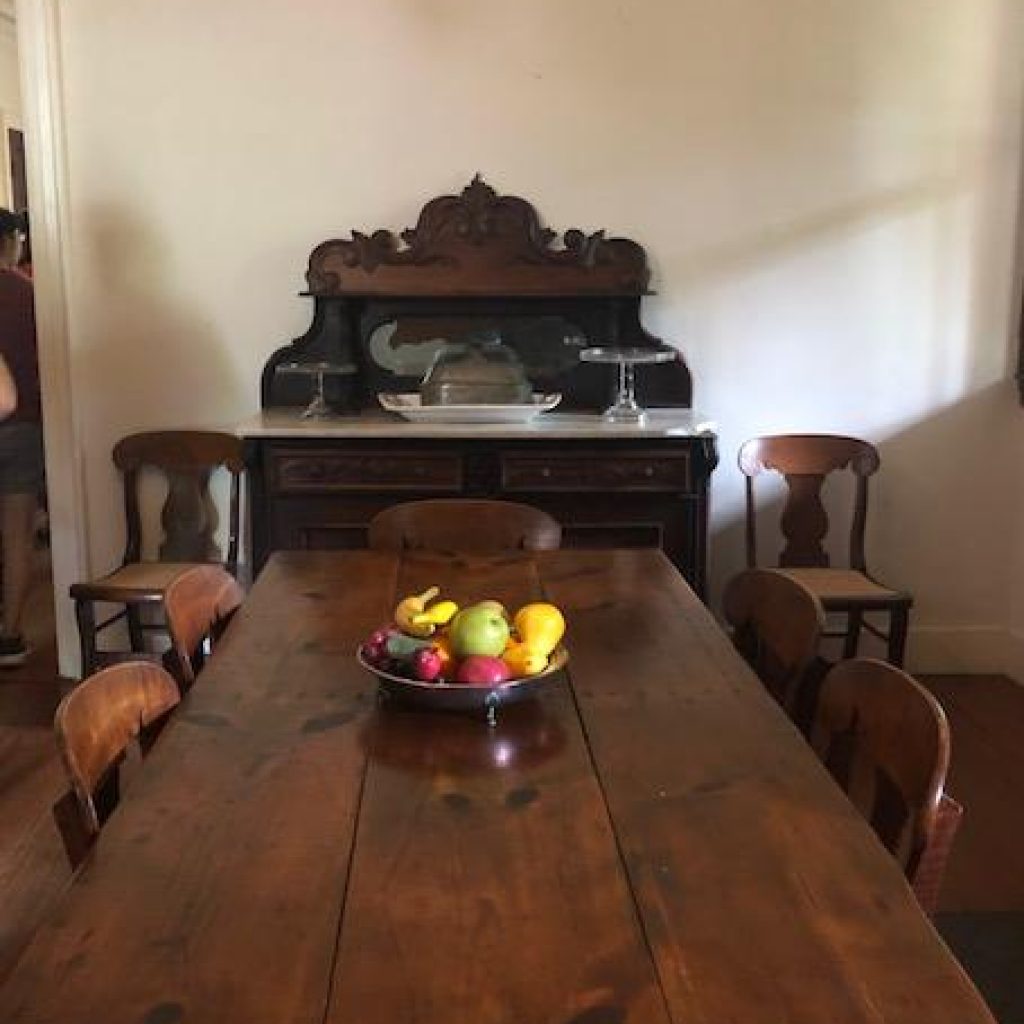
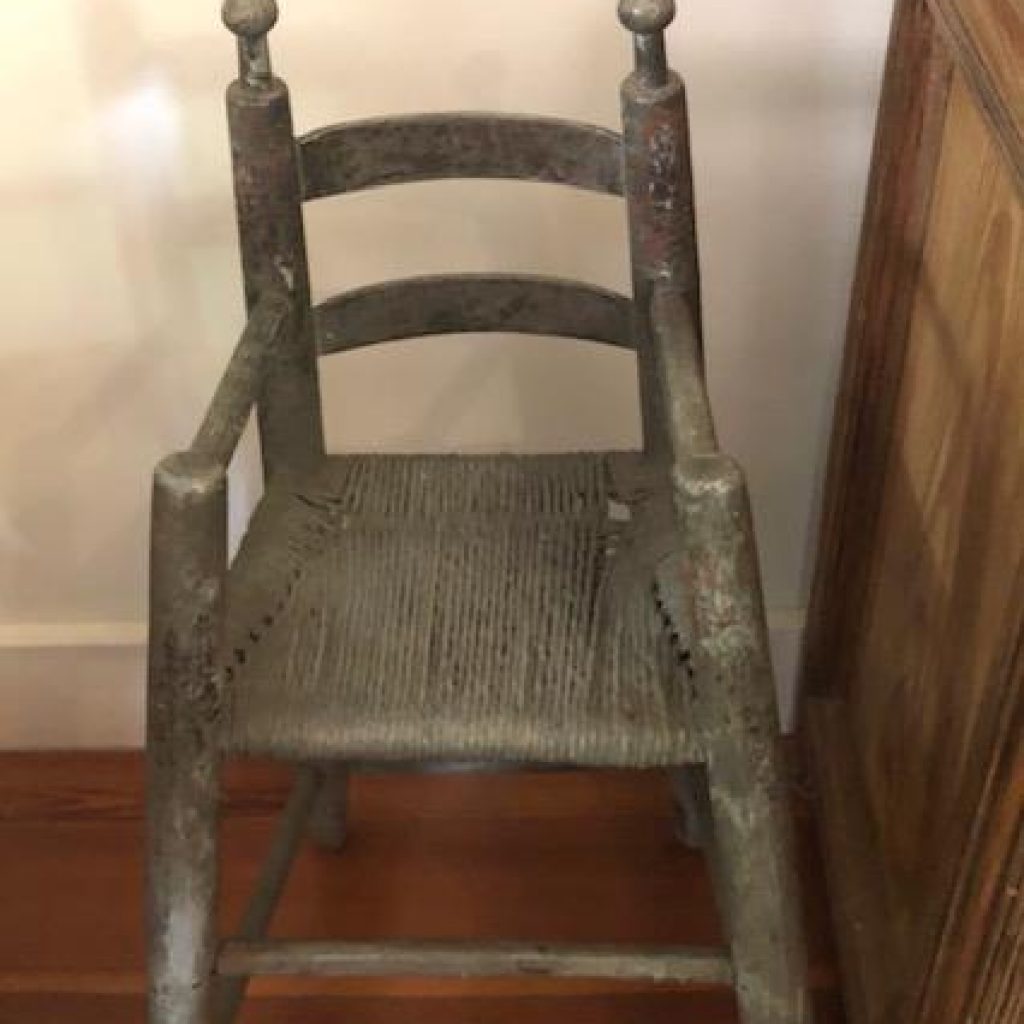
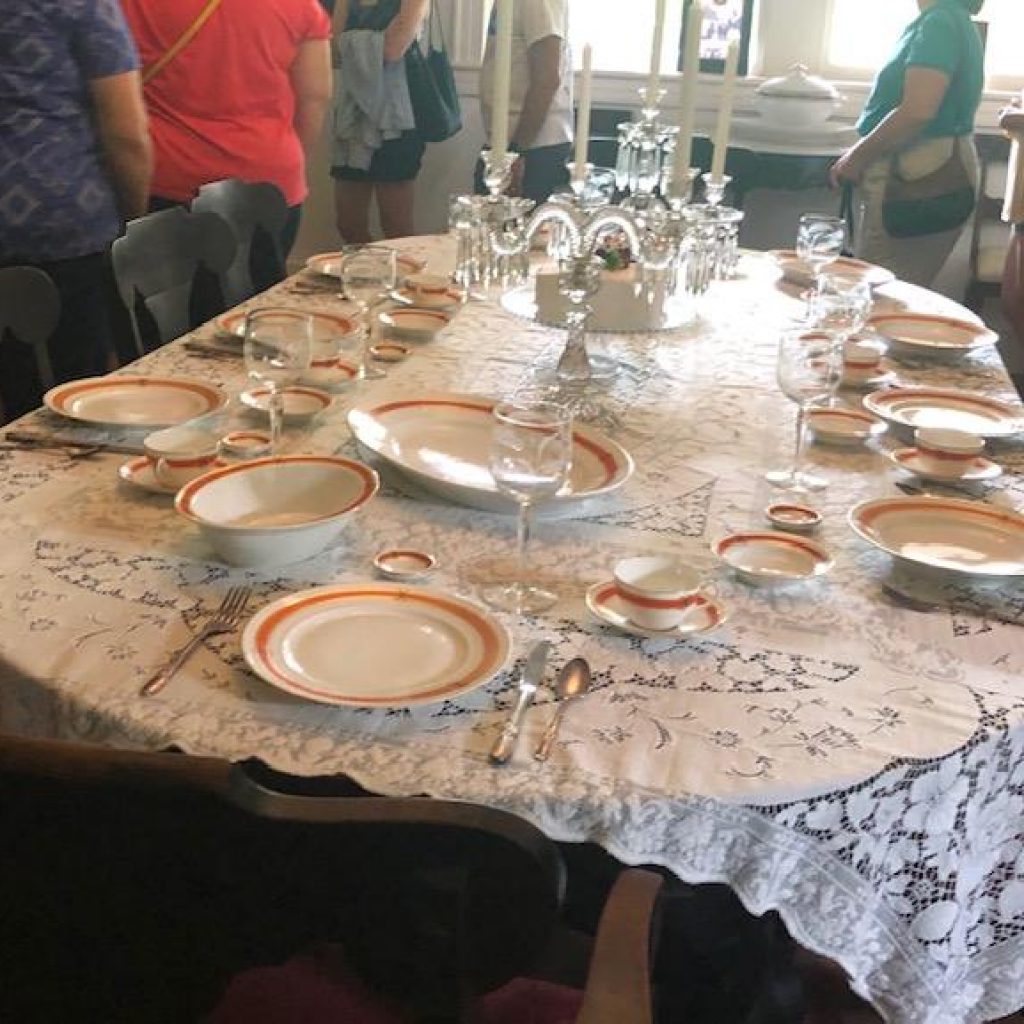
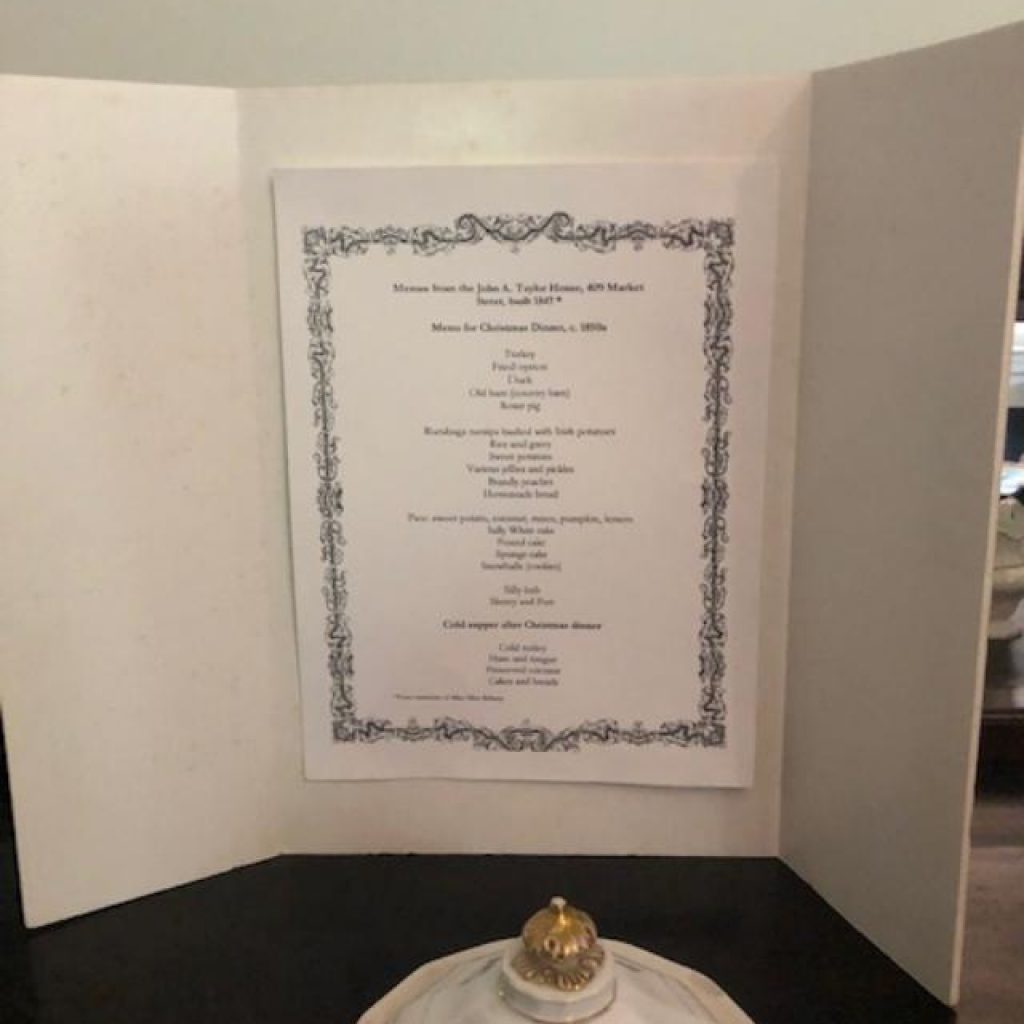
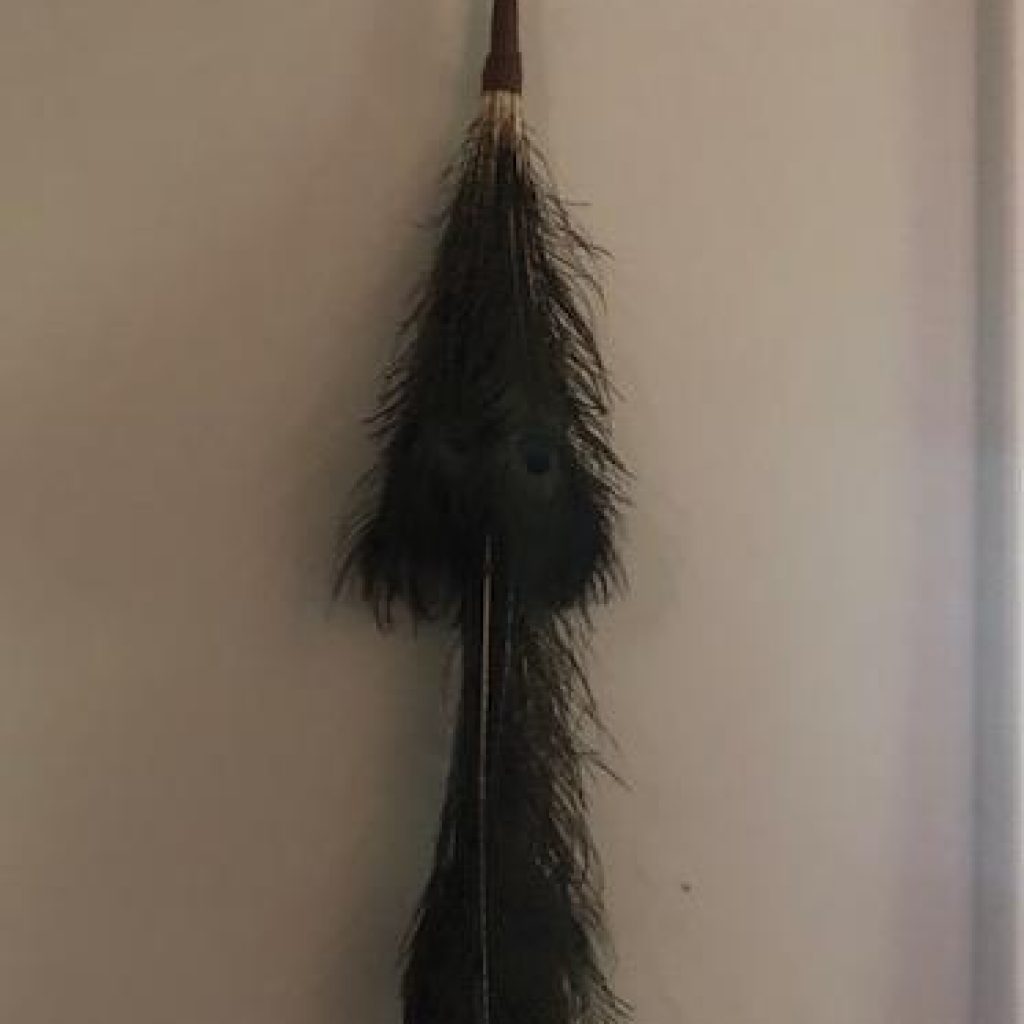
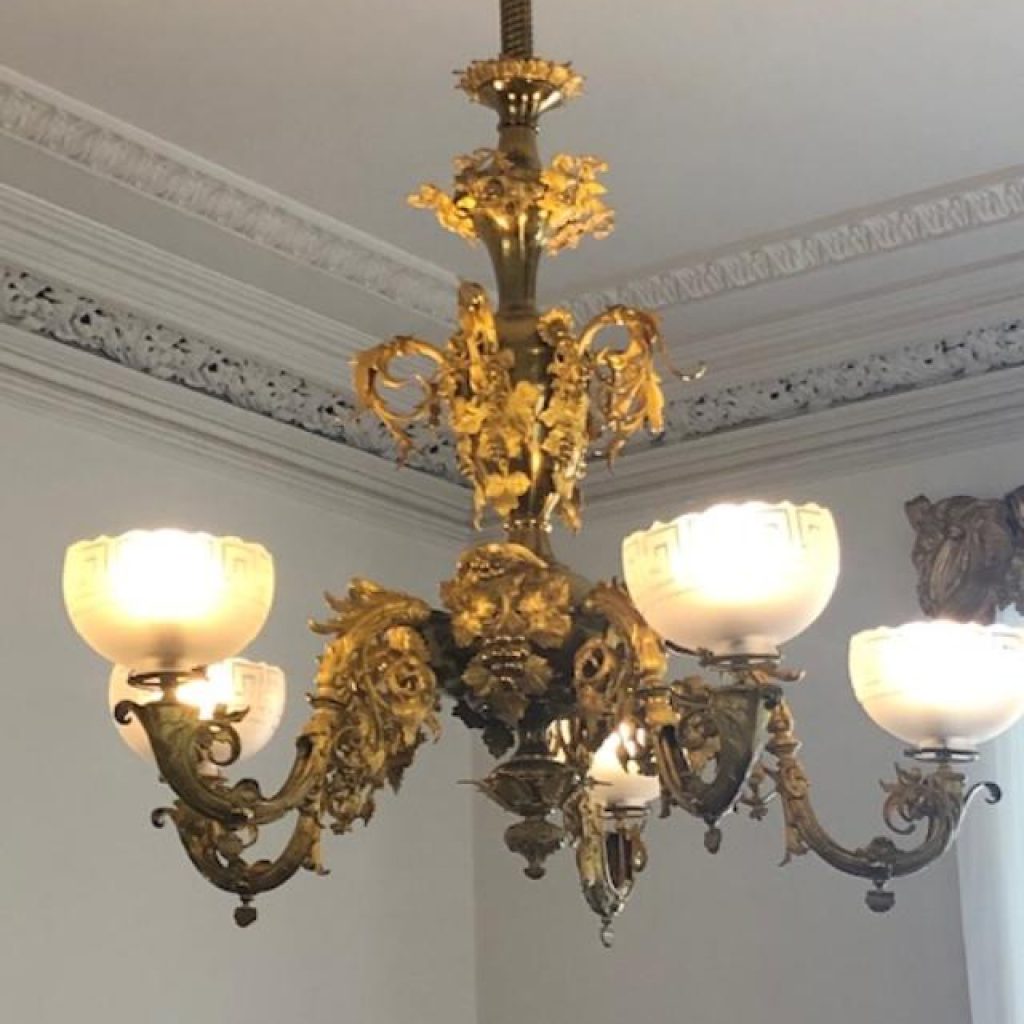
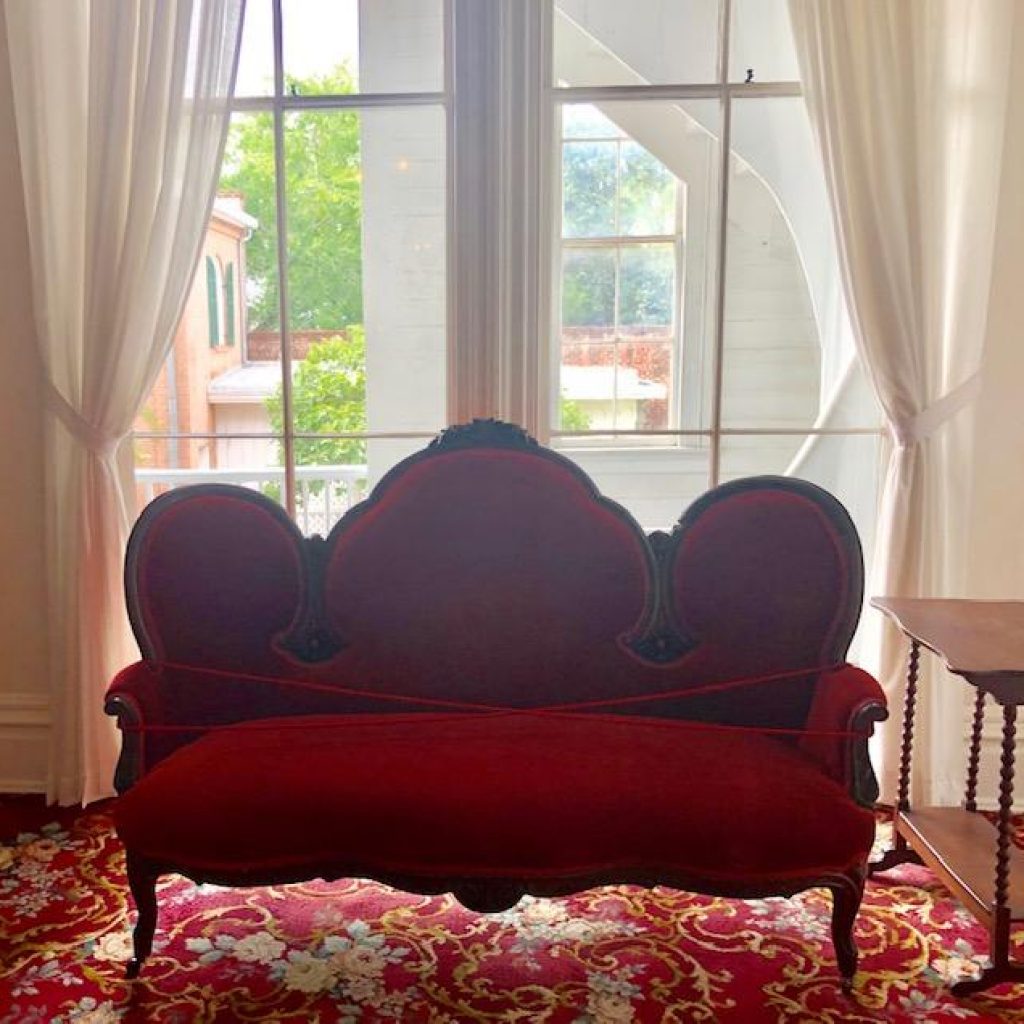

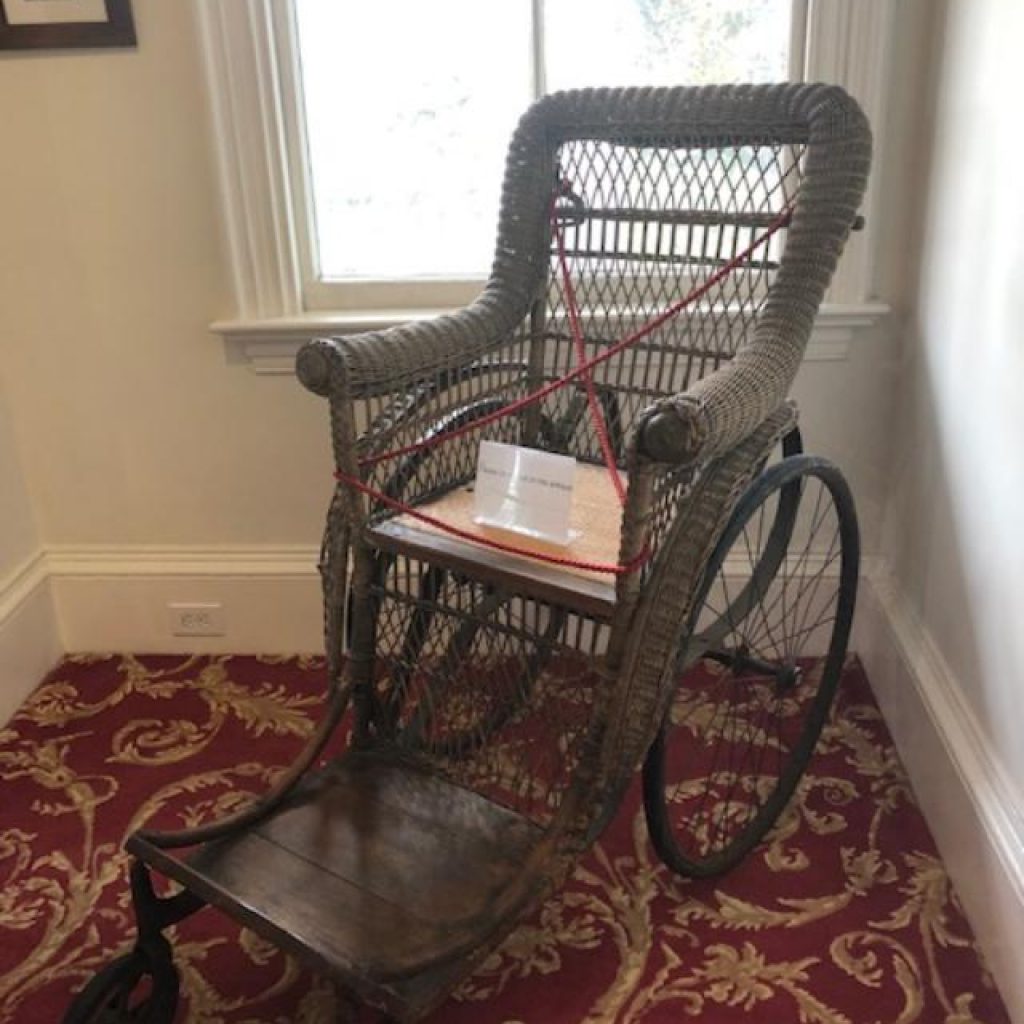
After a tour of the home, we were able to explore the slave quarters. The rooms were tiny, and the bathroom was quite something to see.
As we toured the slave quarters, we were told the story of William B. Gould. Mr. Gould was an enslaved Bellamy plasterer. In 1862, he escaped and joined the Union navy. He kept detailed notes of his time in the war. His great-grandson William B. Gould, IV edited his great-grandfather’s diary into a book titled Diary of a Contraband: The Civil War Passage of a Black Sailor. When I got home, I researched him a bit more and found out he was discharged from the Navy, right here at the Charlestown Navy Yard, married a local woman and raised their family in Dedham, MA, two towns over from me. Pretty cool!
I found the tour fascinating, as did my friend and her family. We had five children with us, ranging from 12 to 17 and all enjoyed the tour. It was a nice change from the beach, and next time we will make sure to visit another one of these historic homes in the Wilmington area.
